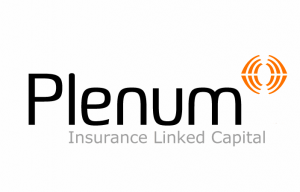RIAs Are Moving Fast to Offer HNW Services: Survey

What You Need to Know
The rate of respondents offering “family office services” more than doubled since 2023.
Firm principals express heightened interest in technology, cybersecurity management and regulatory compliance.
Rates of technology use for back-office and client-facing functions remained stable.
The number of RIAs who offer services catered to the needs of high-net-worth clients and their families is growing rapidly, according to a new RIA benchmarking survey published by Raymond James.
The rate of respondents offering “family office services” more than doubled since 2023, from 20% to 41%. Similarly, respondents offering investment banking services increased from 15% to 26%, while trust services are now offered by 68% of firms — up from 48%.
The data shows that RIA firms are increasingly seeking to accommodate the more complex financial needs of high-earning and high-net-worth clients, in line with a business model that favors larger client relationships and broader service models.
While family office services are mostly provided in-house, the large majority of respondents’ firms relied on referral partnerships to provide trust and investment banking services.
Client Niches and Succession Trends
Advisors’ practices are also changing with respect to their target client niche. Compared with 2023, 69% more RIAs now say they are focused on health care professionals, while an additional 60% of respondents are focused on attorneys. Some 52% more are focused on women investors, and 50% more respondents focus on foundations and endowments.
The report suggests that advisors are growing much more aware of their succession planning needs and opportunities. Specifically, 7 in 10 respondents said they have a documented, long-term succession plan, which is a 40% improvement from 2023. Further, 87% of respondents said they have a catastrophic event plan.
Money Management
Not everything about advisors’ practice is changing as fast, however. Active portfolios remain the “bread and butter” of respondents’ portfolio strategies, with 85% of respondents reporting that they use model portfolios comprising separately managed accounts or exchange-traded funds.






